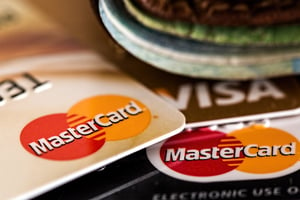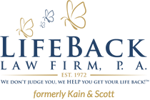 The word “creditor” brings to mind harassing calls and threatening letters for most all of our clients –ruthless, unforgiving, and shameless in their tactics to collect on a debt. The goal of bankruptcy is to get these guys off your back for good. To do that, it is important to know exactly who you are dealing with. There are different types of creditors and they have unique types of claims that can affect your filing.
The word “creditor” brings to mind harassing calls and threatening letters for most all of our clients –ruthless, unforgiving, and shameless in their tactics to collect on a debt. The goal of bankruptcy is to get these guys off your back for good. To do that, it is important to know exactly who you are dealing with. There are different types of creditors and they have unique types of claims that can affect your filing.
The big two categories of creditors are creditors with secured claims and creditors with unsecured claims. Creditors with secured claims would be your mortgage company or the lender for your auto loan. These creditors have collateral, like your home or vehicle, secured to the loan. This means that defaulting on these payments can result in foreclosure or repossession.
Creditors with unsecured debt are credit card companies, phone or electric companies, hospitals, doctor’s offices, or similar kinds of debts where there is no collateral, mortgage, or other lien.
Whether a creditor has secured or unsecured debt with a debtor it is the creditor’s responsibility to file a proof of claim for that debt after receiving a notice of bankruptcy. This is where it becomes important for a debtor to list and disclose all of their creditors in their bankruptcy filing. If a creditor is not listed, they are not notified of the bankruptcy. If they are not notified of the filing, they do not have the chance to file a proof of claim –or the proof of their right to money from the debtor.
This is why creditors and debt omitted from a bankruptcy petition cannot be discharged in a bankruptcy. Knowing your creditors and the types of debt they claim is an important factor to take into an account when making the decision to file for bankruptcy.
Conclusion
Overwhelmed by creditor harassment? Questions about dischargeable debt? Request a consultation with MN’s most experienced bankruptcy attorneys at www.kainscott.com.


